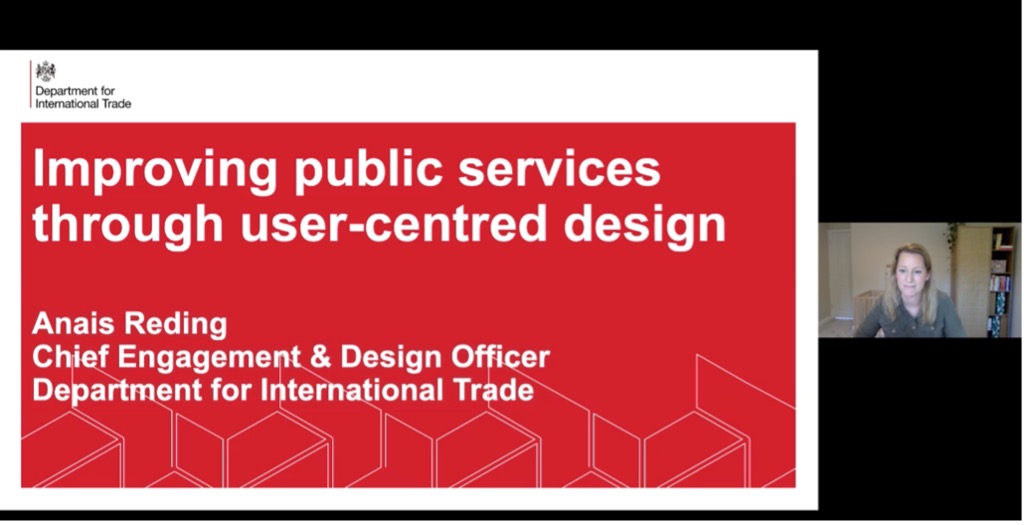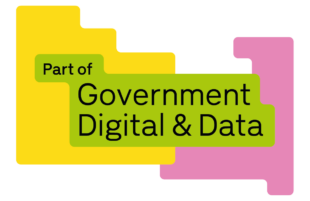
This year, Digital Leaders Week was held virtually from 14 to 16 June. The event is a chance to bring together digital professionals to learn about digital transformation through live webinars. Leaders across digital, data, and tech host talks on a wide range of topics from tech innovation, public sector services, accessibility, and inclusion.
Our Chief Engagement and Design Officer, Anais Reding, hosted a talk on improving public services through user-centred design. Anais shared her 5 main lessons for improving services and showed how we are applying them at DIT - in particular, our work creating the new trading environment for the UK. This included the launch of a brand-new service on great.gov.uk which will help small and medium sized enterprises in the UK to learn and develop the capability to export at scale. Here are her top 5 lessons:
Lesson 1: Understand the policy objectives and embrace working in a political environment
Many public services have a basis in legislation and create new user needs rather than responding to existing ones. You can only design great public services if you truly understand the policy intent they are looking to achieve. This also means embracing the fact that these services are entwined in politics and that their aims can sometimes change overnight. It makes working in government really challenging, but also truly rewarding.
Lesson 2: Understand your users in the round
Understanding your users is a continuous and multidisciplinary effort. Too often, we approach this work in professional siloes when the real power comes from combining insights. For example:
- digital colleagues tend to be excellent at understanding behavioural preferences;
- data colleagues at reading performance analytics; and
- analysis and evaluation professionals at interpreting statistics
All of these sources of insight tell the story of our users, and it is much more nuanced when brought together.
Lesson 3: Find your seat at the table and own it
Designing great services involves helping shape policy from the outset. As digital professionals, our user-centred design focus means we bring a different perspective, and have a duty to bring this voice into policy decision-making. Sometimes this can be challenging as colleagues have different priorities, pace of work, and language. It requires us to be humble, resilient, perseverant, and skilled at building bridges.
Lesson 4: Do the hard work to retain your seat at the table
We need to form perennial partnerships, not just multidisciplinary delivery teams that disband once we’ve delivered. We need to make the case for iterations of the services we have built, not just developing new ones. We also need to build a culture that values maintenance of the services we have as much as shipping new features. This is an area we are working hard to get right at DIT and welcome the help of colleagues who have made some headway!
Lesson 5: You don’t necessarily need large programmes to really improve public services
You don’t need to set up and fund a large programme to make material improvements to public services. It is often amazing what we can achieve by just putting one foot in front of the other every day, if we’re clear on our goal. The hard work we do day in day out pays off, we:
- invest in the right people, culture, and ways of working;
- display a curious, challenging, collaborative spirit; and
- show both resilience and perseverance
We enjoyed taking part in Digital Leaders week to speak about our experience in improving public services by putting the user at the heart of everything we do. Thank you to all those of you who joined us and shared some of your own questions and experiences. We look forward to seeing you again at Digital Leaders Week 2022!
If you would like to join the user-centred design team, or the wider digital, data and technology team at the Department for International Trade, find out about our latest jobs today.

